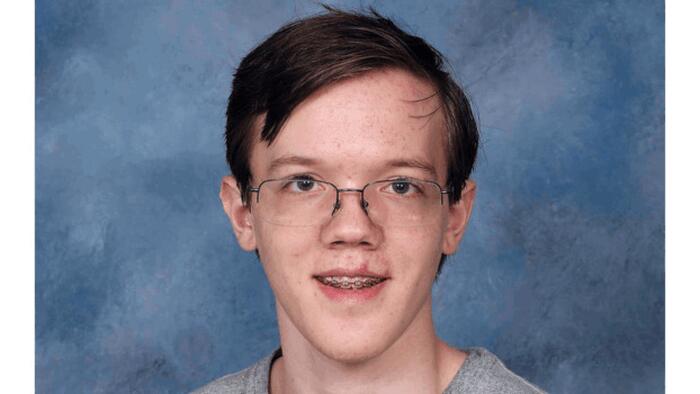In recent developments surrounding the alleged assassination attempt on Donald Trump during a campaign rally in Butler, Pennsylvania, significant details have emerged thanks to a collaboration with the non-profit transparency group, Judicial Watch. A 911 call made by Thomas Crooks’s father, Matthew Crooks, on July 13 regarding his missing son was made available after an arduous four-month legal process. The audio, which spans approximately two minutes, captures Matthew expressing concerns about his son’s whereabouts after he left home without contact. This call provides crucial context in a case filled with uncertainty and serves to illuminate the timeline of events surrounding the incident. Headline USA is currently pursuing further efforts to obtain the full recording, highlighting the ongoing legal complexities tied to public information access.
The pursuit of the 911 call was fraught with obstacles. Initially, on August 12, a request was made to the Bethel Park Police for the recording; however, the police denied the request just nine days later, citing exemptions under the Pennsylvania Right-to-Know Law (RTKL) that protect 911 recordings from public disclosure. Interestingly, the same statute also allows law enforcement to release such recordings if it serves the public interest. In turn, Headline USA filed an appeal, but an appeals officer ultimately stated they lacked the authority to enforce disclosure, indicating that only the police or a court could grant access to the 911 call recordings.
Judicial Watch played a pivotal role in attempting to secure the call for public release. By filing a lawsuit in the Pennsylvania Court of Common Pleas, they sought to compel the Bethel Park Police to disclose the 911 recording. Judicial Watch’s attorney argued that public disclosure would contribute to a comprehensive understanding of the attempted assassination attempt, thereby serving a significant public interest. Despite these efforts, a judge never ruled on the lawsuit because the situation took an unexpected turn when ABC News reported having obtained the recording through their own Right to Know Law request.
The timing of events raised questions, particularly concerning when Matthew Crooks made the call relative to the attack on Trump. ABC News established that the call occurred at 10:56 p.m., thereby clarifying confusion regarding whether it was made before or after the shooting incident at approximately 6:11 p.m. This tragic event resulted in injuries to several individuals and the killing of a firefighter, as the shooter was eventually neutralized by law enforcement. The clarity provided by this timeline is critical as it situates the 911 call in the broader context of the unfolding tragedy.
Notably, the circumstances surrounding the disclosure of the 911 call have raised eyebrows. Allegheny County, which had previously denied requests from multiple outlets, finally released the recording after the lawsuit was filed, though it remains unclear why they chose to provide it to ABC News while resisting disclosure to others. This inconsistency indicates a complex interplay of transparency and bureaucratic decision-making that continues to be analyzed in light of public interest.
In conclusion, the integration of a legal approach by Judicial Watch alongside the investigative efforts of media outlets reflects the challenging landscape of public information access regarding critical events. The case emphasizes the tension between transparency and law enforcement protocol, especially in high-stakes situations involving public figures and potential threats to national security. As further developments unfold, this incident will likely continue to raise significant questions about the processes surrounding public records and the accountability of law enforcement agencies in disclosing vital incident-related information.

